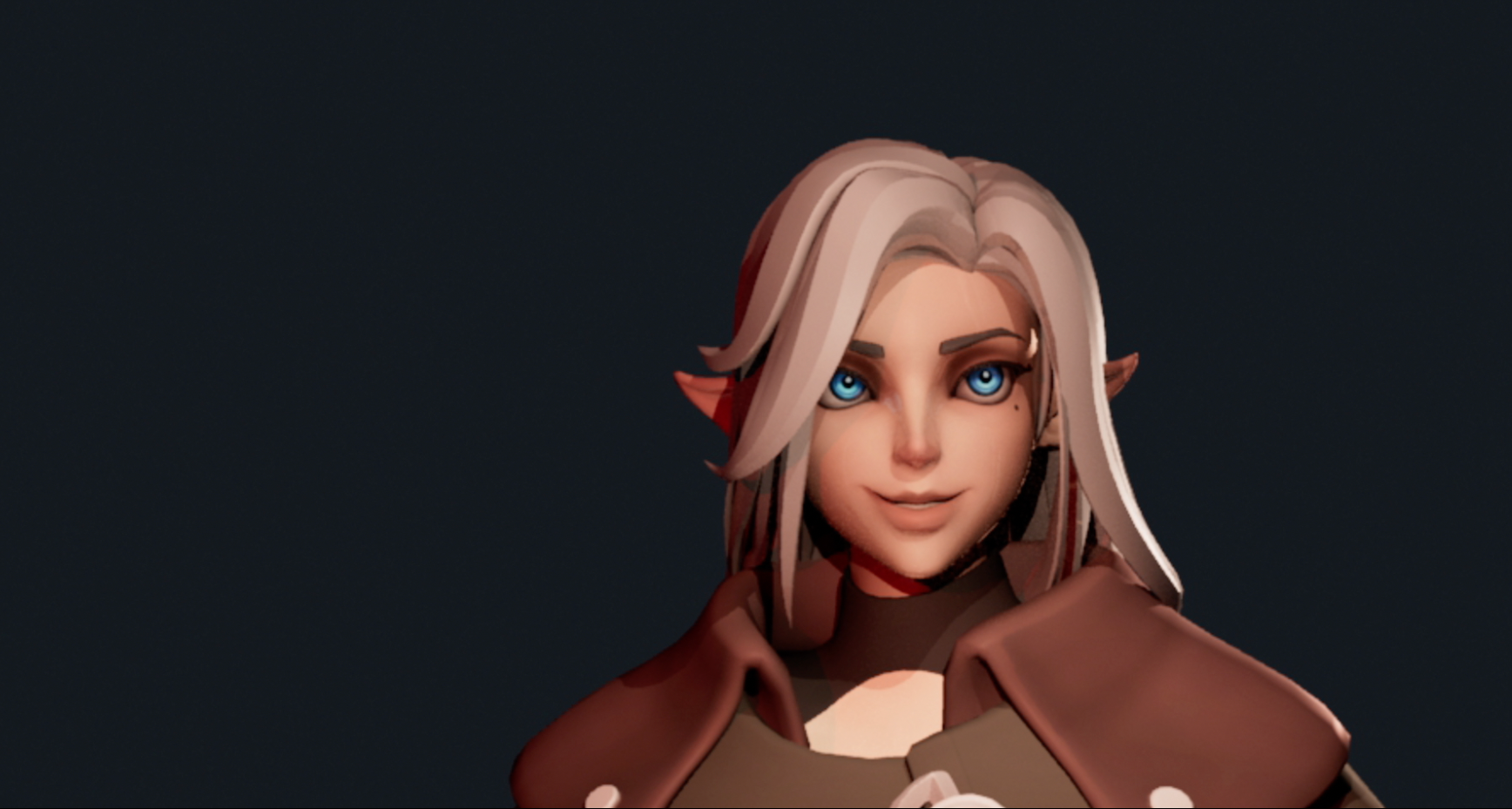Researching Character Animation
Keith Lango VTS Playlist
When researching for this assignment, I studied a lot of Keith Lango’s tutorials. Below are my most used findings that I believe stressed a lot of the conventional elements of animation. These really helped me as I developed my own animations (see here for my more on how I applied my research to my own work).
Pose: appeal and emotion
His first series of videos focused on pose and its two distinct functions: appeal and emotion.
Appeal enables the audience to ‘access’ the soul of the character for a quick understanding of what said character is feeling. Appeal comes with good character design.
Emotion clearly expresses the true feeling(s) in the heart of a character in a given moment.
Character is in pose; pose reveals character, but pose is not a symptom of movement. Movement is a symptom of emotional state. Thus, pose is the primary means of expression in the character.
If you bring this character into the path of another character (or element) then you’ve got a story.
3D Animation is not quite 3D?
Keith Lango brought to the table a really interesting point: CG is not actually 3D. He argues that if it’s up on the screen then, by design, it’s actually 2D. It is unarguably just shapes on a two-dimensional plane (the screen) and therefore is the same ultimate output as 2D Animation. Thus, we need to look at 3D outcomes with a 2D understanding of shapes on screen telling a story. Linking it back to the prior point, pose is this arrangement of 2D shapes.
‘Great poses may be still, but will always have motion’ – in other words, you do not want it to be static or dull at any time. There should be an arc and a force to it: a Line of Action. Lango advises to avoid neutral, vertical and horizontal lines (although vertical. lines can be useful for adding points of emphasis). Whilst useful, there is little cinematic tension, force, leading etc.
Lango defines the line of action as: an imaginary line through the character’s body that shows the primary FORCE of a pose, indicating direction and energy (kinetic or stored) of the character’s pose.
When thinking of the line of action, the goal is to guide the viewer’s eye to screen right or screen left. This enables flow. Good advice is to question whether the action is screen-left or screen-right leaning. It’s important to define if there’s a screen-left foot/hand and/or screen-right foot/hand.
Pose Variety!
Lango stresses that the volume of poses should vary. He made the analogy that if music is always loud and the same tone, it hurts. We get sick of it. We turn it off. Music is appealing because of the dynamic play back and forth between loud and soft & fast and slow tones. Therefore, we must apply the same to pose and line of action. For every scene planned, there should be one pose that is of greater importance; more extreme. You should henceforth use all other poses in context of this key pose. It could be a good idea to follow a pose intensity meter! Reversing the line of action builds contrast. It builds up a certain energy and releases it in a meaningful way, allowing the story (/character) to move forward.
Some great quotes/analogies:
“If everything is special, then nothing is special.” – Dash in Incredibles (meta!)
“What makes mountains beautiful is that there’s always one taller than the others. Fantastic mountains rise above the planes and scream for you to look at them.” – Keith Lango
“The thing that’s different.” A black dot on a page.
Like exclamation points, they provide impact… you don’t use them in every sentence!
Analysing Flow Lines
Viewers feel the energy of body language, so you don’t look at the detail in the same way you focus on facial expression/lip syncing where specificity is required. The goal of the pose is that it should lead viewers’ eyes to the emotional focus (and in being so, is the focus of the animator, however it should only point to the focus for the viewer). It should be “easy on the eyes”.
All parts of character should work together to create this flow to focus, including arms, legs, torso etc. What is this focus? Well, it’s important to know – the director should be feeding you this information.
As I go into Richard Williams’ book, Lango suggests that you don’t force animation principles, but instead use them to guide you. It’s not a checklist.
Props
Whatever your character is holding is a part of them. Try and work prop into flow line as well. Everything should be a concert to the flow line, and thereby the focus. This is a useful point for my own body mechanics animation – the Azri rig has a sword and staff that could be of use.
Richard Williams’ Animator’s Survival Kit
Transitional In-betweens
One of the key elements I picked up from reading Animator’s Survival Kit was the importance of interesting in-betweens/breakdowns. It’s a common perception that the middle frame between the extremes should literally be a midpoint between the two placed point-blank in the middle, but Williams constantly stressed (this being the ‘Secret of Animation’) that this was very untrue. Instead, in-betweens should contrast and challenge the extremes. He describes these in-betweens as ‘travellers’ – transitional positions. A great quote from Emery Hawkins:
“Don’t go from A to B. Go from A to X to B. Go from A to G to B. Go somewhere else in the middle!”
That being said, it’s important not to go too far that you jeopardise stability. You want to achieve stability and flexibility.
References
Lango, K. YouTube (2019). VTS Playlist [online] Available at: https://www.youtube.com/watch?v=8y8EbsGuX5M&list=PLUXOZBYo_-RVUdL8tzr8oMZKNLMW5G0Le [Accessed 1 Jan. 2023].
Williams, R. (2001). The animator’s survival kit. London: Faber And Faber.




Leave a Reply